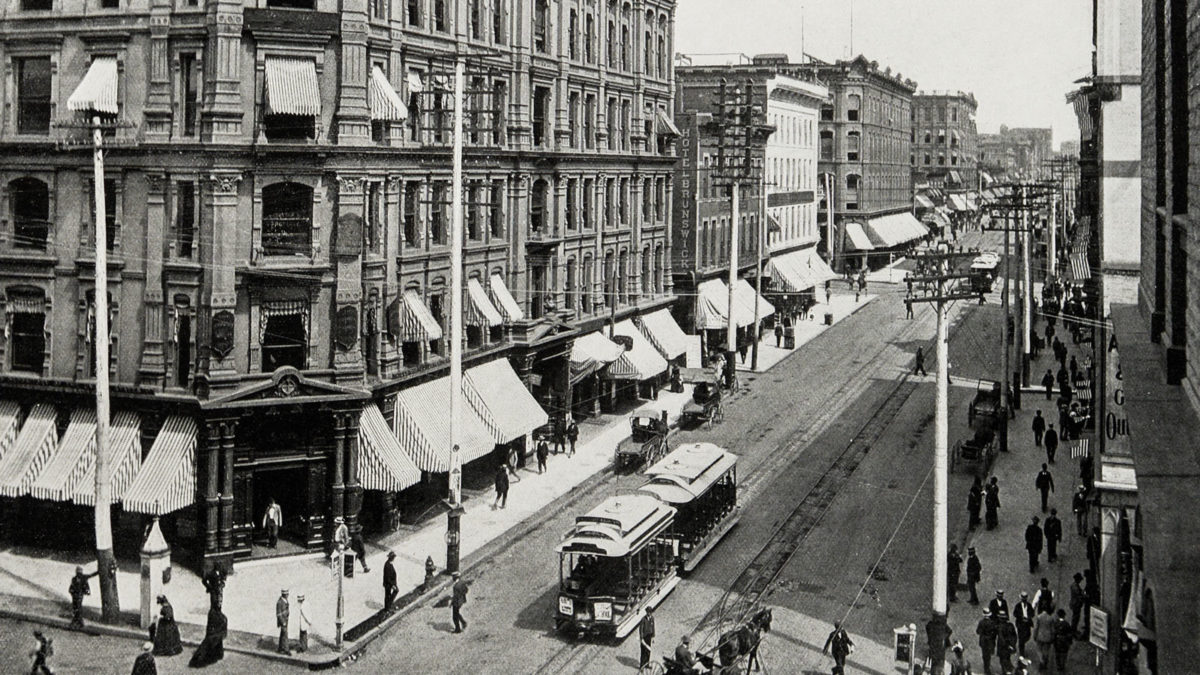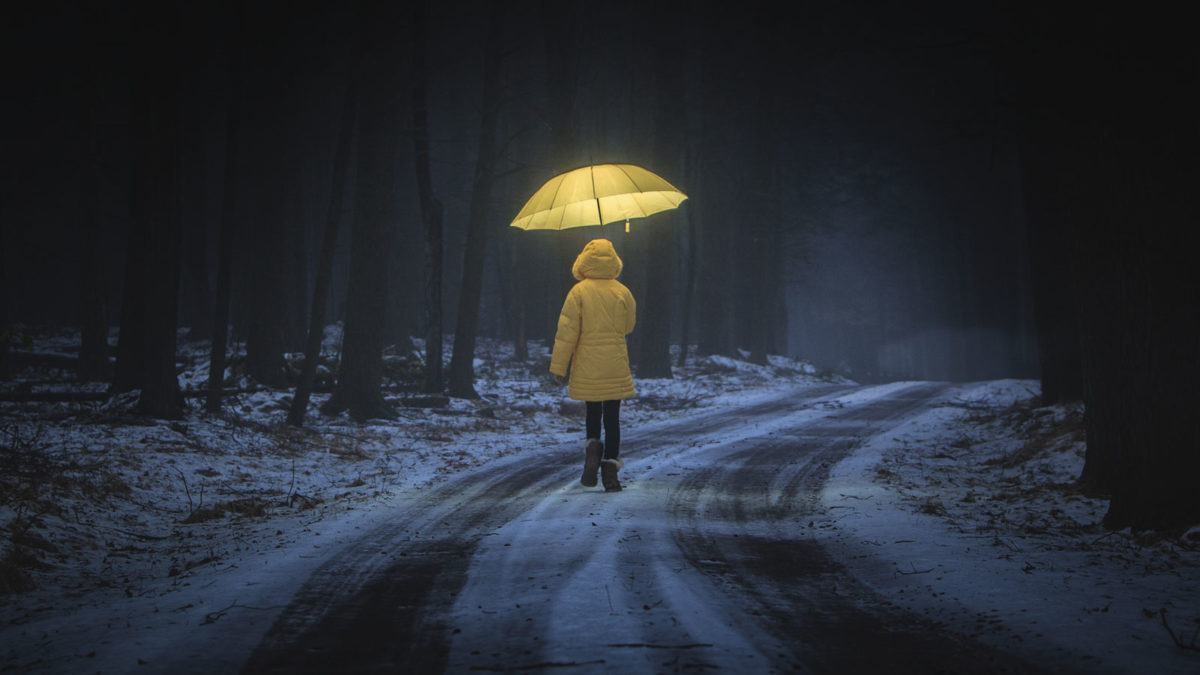
Union Army Veterans and an Injury at Union Station
December 2022
Download This Article (.pdf)
In 1866, Dr. Benjamin F. Stephenson founded the Grand Army of the Republic (GAR) in Decatur, Illinois, to honor Union veterans of the Civil War. The GAR was a fraternal society of honorably discharged Union veterans. It was organized along military lines, its members wore military-style uniforms, and it had community level organizations called “Posts” throughout the United States. Within the city of Denver alone, there were nine GAR Posts.
During its peak, the GAR had over 400,000 members and was a powerful political lobby.1 It sponsored legislation benefiting veterans, supported voting rights for Black veterans, and played a key role in the establishment of Memorial Day as a national holiday. Five of its members were elected as US president, and for a time, GAR support was crucial to becoming a Republican presidential nominee.2
Every year, the GAR selected a US city to host its annual “encampment.” The elaborate multiday affair brought huge numbers of people into the host city, and city boosters touted its benefits to the local economy and potential to elevate the city’s status.
During the GAR’s existence, Denver hosted the encampment three times—in 1883, 1905, and 1928. But the second event, held between September 4 and 9, 1905, greatly eclipsed the other two encampments in both size and grandeur. According to a 2005 Denver Post article chronicling the event: “Mammoth flags and red-white-and-blue bunting draped almost every downtown building, fife-and-drum corps played without stop and everywhere there was a wave of patriotism and admiration.”3
Leading up to the event, however, there was clearly some anxiety in the young and bustling city about whether its management of this encampment would help establish its reputation as a premier convention location.
Denver Prepares for the Big Show
Denver went all out for the event. The Colorado legislature appropriated $25,000 to entertain GAR members during the encampment, which was estimated to “bring to this city perhaps as great a number of visitors as Denver and Colorado have ever been called upon to entertain.”4 In addition to a massive 18-band parade that closed banks and schools, “[t]here were nightly performances by Indian dancers, a campfire at Broadway and Colfax, banquets, dances and ballgames.”5 The Woman’s Relief Corps, a female auxiliary group that benefited significantly from the contributions of its Black women members, was also well represented.6
Part of the required infrastructure involved transportation to the city, which in 1905 meant rail travel. The Denver and Rio Grande Railway took the lead in providing rail service to Denver for the event.7 The massive number of attendees expected guaranteed a huge crowd at Denver’s Union Station during the first two weeks of September. By the first day of the encampment, an estimated 50,000 people had already descended on Denver.8 The Denver and Rio Grande later estimated that railroads sold over 85,000 train tickets to the event, which suggests the city’s population nearly doubled during “Grand Army week.” 9
Wolfe Londoner’s Accident
One member of the crowd at Union Station during the encampment was Denver’s former mayor Wolfe Londoner.10 The affable entrepreneur, politician, and all-around jokester, who had resigned in disgrace in 1891 from his mayoral position amidst allegations of massive voter fraud abetted by Old West legends “Soapy” Smith and Bat Masterson,11 had since returned to a more sedate life in the grocery business. In early September 1905, he traveled to Union Station with his daughter to help her catch the Denver and Rio Grande passenger train to Colorado Springs.12
Getting to track No. 3, where his daughter’s train awaited, required Londoner and his daughter to navigate an obstacle course packed with people. After arriving at the station, the pair passed beneath an open arched passageway, then through an open gateway, to reach the rail yard. There, they encountered a platform about 50 feet wide made of brick and plank, designed to allow passengers to reach the trains. The trains were stationed on either side of this platform, loading passengers.
Londoner and his daughter made their way past track No. 1, then past a brick platform about 16 feet wide that gave access to tracks No.1 and No. 2, then past a passageway parallel to the tracks about nine and one-third feet wide that ran between tracks No. 2 and No. 3, then finally along another brick walk about 10 feet wide that allowed passengers to board trains on tracks No. 3 and No. 4. From there, they moved with the crowd toward the train on track No. 3. Arriving at that track, they encountered two or three railroad men, who announced to the crowd that track No. 3 contained the Rio Grande train bound for Colorado Springs and Cripple Creek.
These men directed them away from the walkway between tracks No. 3 and No. 4, toward the narrow walkway between tracks No. 2 and No. 3. Although a jury was later unable to reach agreement on whether there was a train parked on track No. 2 at the time, if there was a train on track No. 2, this would have narrowed the walkway to less than four feet in width. This walkway was not bricked but was instead made of charred coal and cinders piled up to the level of the tracks.
Londoner and his daughter moved along this narrow pathway between the trains, surging with the crowd. About 43 feet from the main platform, an elliptical-shaped gas valve several inches long and several inches wide protruded about four inches above the cinder walk. Londoner tripped over the valve and fell, severely injuring his knee. Despite his pain, he got up, walked with his daughter to an open door of a car, and helped her inside. Then, hobbling, he made his way home.
The Trial
The fall caused Londoner to develop water on the knee, known as acute synovitis. He suffered serious pain and was bedfast for two months. After another two months had passed, he was able to get around on crutches and could attend some to his grocery business. As he continued to recover, he was able to do more work. But by the time of the trial, in May 1907, he had still not fully recovered. He estimated he had spent $800 for medical treatment of his knee injury.
A jury awarded Londoner damages against the Union Depot and Railway Company in the amount of $2,000, a sizeable sum in those days. The Depot Company appealed.
The Appeal
On appeal, the Depot Company raised 76 assignments of error, which the Colorado Supreme Court essentially reduced to two. First, the Depot Company took the position that if anyone was liable for Londoner’s injury, it was the Denver and Rio Grande Railroad Company, not the Depot Company. The Depot Company argued that under its contract with the railroad companies that used its facilities, it was merely an agent of the railroads and had no duty to the public. But the Court noted a prior case in which it had already determined that “the purpose for which [the Depot Company] was organized . . . was for the accommodation of the traveling public.”13
The Court explained that although the railroad companies had a duty to provide stational accommodations and safeguards for passengers, that did not relieve the Depot Company from its duty to perform that same function, which it had personally undertaken. Even if the Depot Company’s contract with the railroad companies established certain allocations of responsibility between the parties, those allocations would not be binding on the public. The Depot Company retained a duty to its public invitees, including those who accompanied passengers using its station, yard, and tracks.
Among these duties was the duty “to direct passengers to their proper trains,” which it had undertaken by promulgating rules for its employees.14 Furthermore, although the trainmen who directed Londoner to take the narrow passageway where he was injured may have been railroad employees rather than Depot Company employees, the Depot Company used them as agents to direct passengers, and Londoner had properly followed their directions. Nothing about the narrow passageway would have alerted a reasonable person to avoid using it when directed to do so by a railroad employee. “Hence it follows that it was immaterial whether a train stood upon track No. 2 or not, for Londoner had the right to and could not be expected to do anything else than follow the others into the passageway to board the train.”15 Thus, it did not matter that the jury failed to answer a special interrogatory about whether there was a train on track No. 2, because that fact would not have made any difference.
The Depot Company also argued about a damage instruction submitted to the jury. This instruction permitted the jury to take into consideration the loss Londoner suffered by suspending his oversight and attention to his business during the time he was disabled, the loss during the time period he was impaired after he partially recovered, and his future losses resulting from his inability to give the same personal oversight and attention to his business as before the accident. The Depot Company argued the evidence did not support such an instruction. The Colorado Supreme Court disagreed. Londoner had put on evidence about his contribution to building his business and the value of his services to the business. He did not have to prove lost profits, only what his services were worth to his business. The Court noted that “Londoner had a definite status in a regular and established business to which he devoted his whole time.”16 This was enough to justify the instruction and the damage award.
Finding no merit in the other errors alleged by the Depot Company, the Court affirmed the jury’s verdict.
Aftermath
Wolfe Londoner died in 1912, just one year after winning his appeal against the Depot Company. Sixteen years later, in 1928, Denver hosted its third and final encampment. But this event bore little resemblance to the previous spectacle. This time, only 6,500 people were in attendance, the average age of attendees was 86, and the event was headquartered at the stately but subdued Brown Palace Hotel.17 It’s probably safe to assume that campouts and crowds were minimal. Still, the event wasn’t without injury: according to one report, two elderly men were hit by automobiles, and a third died in his hotel room just hours after arriving by train.18
The GAR’s final encampment was held in Indianapolis, Indiana, in 1949, and had six members in attendance. But the GAR didn’t formally dissolve until its last member, Albert Woolson, died in 1956 at the ripe old age of 109.19 
Notes
1. Sons of Union Veterans of the Civil War, Grand Army of the Republic History, https://suvcw.org/?page_id=167.
2. Id.
3. Kreck, “A Grand Gathering of Veterans,” Den. Post (Sept. 5, 2005).
4. “G.A.R. Appropriations,” Whitehorn News, p. 2, col. 6 (Mar. 31, 1905).
5. Kreck, “A Grand Gathering of Veterans,” Den. Post (Sept. 5, 2005).
6. According to the Denver Post article, “The GAR was officially color-blind.” But, of course, there was room for improvement: “Though they fought in separate units during the war, black and white vets mingled at the encampment. . . . They paraded the streets and partied together, but black veterans did not stay in downtown hotels. Instead, they were housed in churches, schools, private homes and tents in the Five Points neighborhood.” Kreck, supra note 3.
7. “A Week Replete with Entertainment for the Grand Army of the Republic,” Basalt J., p. 4, col. 4 (Sept. 2, 1905).
8. “Vast Crowds in Denver,” Telluride J., p. 8 col. 1 (Sept. 7, 1905).
9. “G.A.R. Visitors,” Lafayette News, p. 4, col. 3 (Oct. 21, 1905).
10. Londoner also reportedly attended an elaborate dinner at the Savoy Hotel on the first night of the encampment. His fellow dinner guests included Gov. Jesse McDonald, Mayor Robert W. Speer, William G. Evans, Walter Cheesman, Amos Steck, Henry Teller, Crawford Hill, and other prominent Coloradans of the day. Kreck, supra note 3.
11. See generally Gibbard, “Official Misconduct: Wolfe Londoner and the Denver Mayoral Election of 1889,” 36 Colo. Law. 87 (Nov. 2007).
12. The facts in this section are taken from Union Depot & Ry. Co. v. Londoner, 114 P. 316 (Colo. 1911).
13. Id. at 318.
14. Id. at 319.
15. Id.
16. Id. at 320.
17. Kreck, supra note 3.
18. Id.
19. Id.


